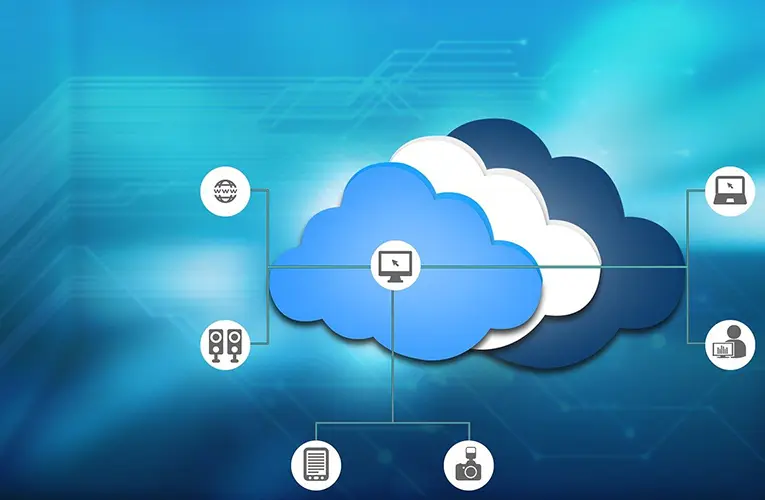“Preventing Data Loss: Strategies and Technologies for Effective Backup”
### Introduction (approx. 1000 words)
– **Importance of Data Backup**
– Why data loss prevention is critical for organizations.
– **Objectives**
– Specify the goals and scope of the document.
– **Structure of the Document**
– Provide an overview of the sections that follow.
### Understanding Data Loss and Risks (approx. 1500 words)
– **Causes of Data Loss**
– Human error, hardware failures, software corruption, cyber threats, etc.
– **Impact of Data Loss**
– Consequences for businesses, including financial, operational, and reputational losses.
– **Legal and Regulatory Considerations**
– Compliance requirements related to data protection and backup.
### Strategies for Effective Data Backup (approx. 8000 words)
– **Data Backup Best Practices**
– Regular backups, multiple copies, off-site storage, etc.
– **Backup Methods and Technologies**
– Comparison of techniques: full, incremental, differential backups; cloud vs. on-premise solutions.
– **Automated Backup Systems**
– Benefits and implementation considerations.
– **Data Recovery Planning**
– Developing and testing disaster recovery plans.
– **Case Studies and Examples**
– Real-world examples of organizations successfully implementing backup strategies.
### Technologies for Data Backup (approx. 3000 words)
– **Cloud Backup Solutions**
– Overview of popular cloud providers and their offerings.
– **On-Premise Backup Systems**
– Hardware and software solutions for local data protection.
– **Hybrid Backup Approaches**
– Combining cloud and on-premise solutions for enhanced security and flexibility.
– **Emerging Technologies**
– AI-driven backup, blockchain for data integrity, etc.
### Evaluation and Implementation Challenges (approx. 1500 words)
– **Metrics for Evaluating Backup Effectiveness**
– How to measure the reliability and efficiency of backup strategies.
– **Common Challenges and Solutions**
– Issues such as scalability, cost, and compatibility.
– **Training and Awareness**
– Educating personnel on the importance of data backup and recovery protocols.
– **Regulatory Compliance**
– Ensuring backup strategies meet legal and industry standards.
### Conclusion (500-700 words)
– **Summary of Key Points**
– **Future Trends**
– Predictions for the evolution of data backup technologies and strategies.
– **Final Recommendations**
### References
– List all sources cited using APA or MLA style.
### Appendices (if necessary)
– Additional resources, glossary of terms, detailed backup plan templates, etc.
### Acknowledgments (optional)
– Acknowledge individuals or institutions that supported the research.
### Author Bio(s)
– Briefly describe the background and affiliations of the author(s).
### Style Considerations
– **Clarity and Precision:** Use technical terms where necessary but ensure clarity for a broad audience.
– **Practical Application:** Provide actionable advice and examples.
– **Current and Relevant:** Incorporate the latest trends and technologies in data backup.
By structuring your document in this manner, you can effectively explore and communicate strategies and technologies for preventing data loss through effective backup methods, catering to both technical professionals and decision-makers in organizations concerned with data security and continuity.










